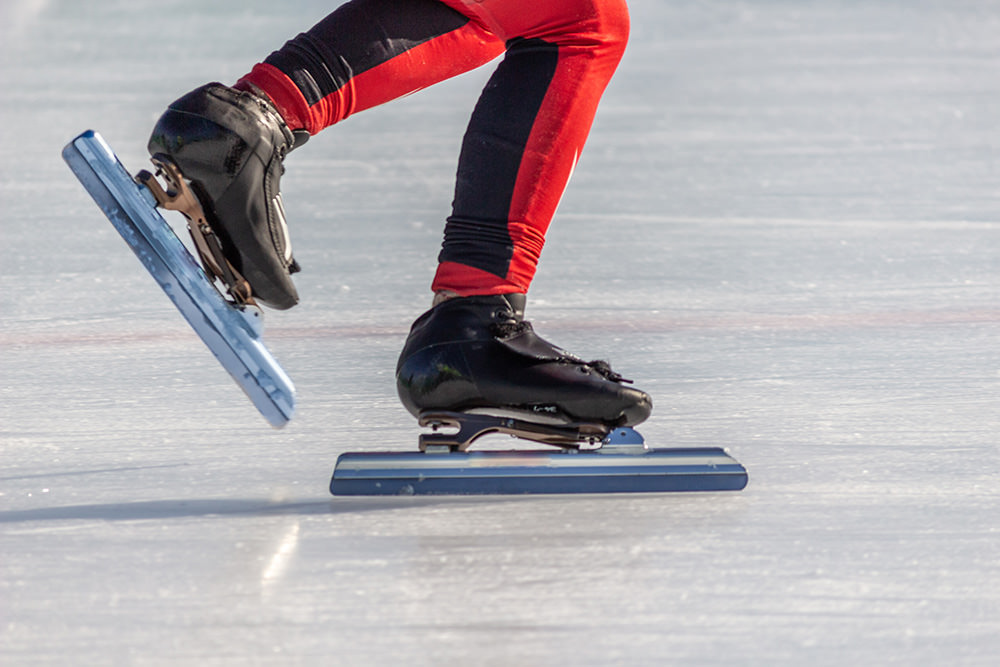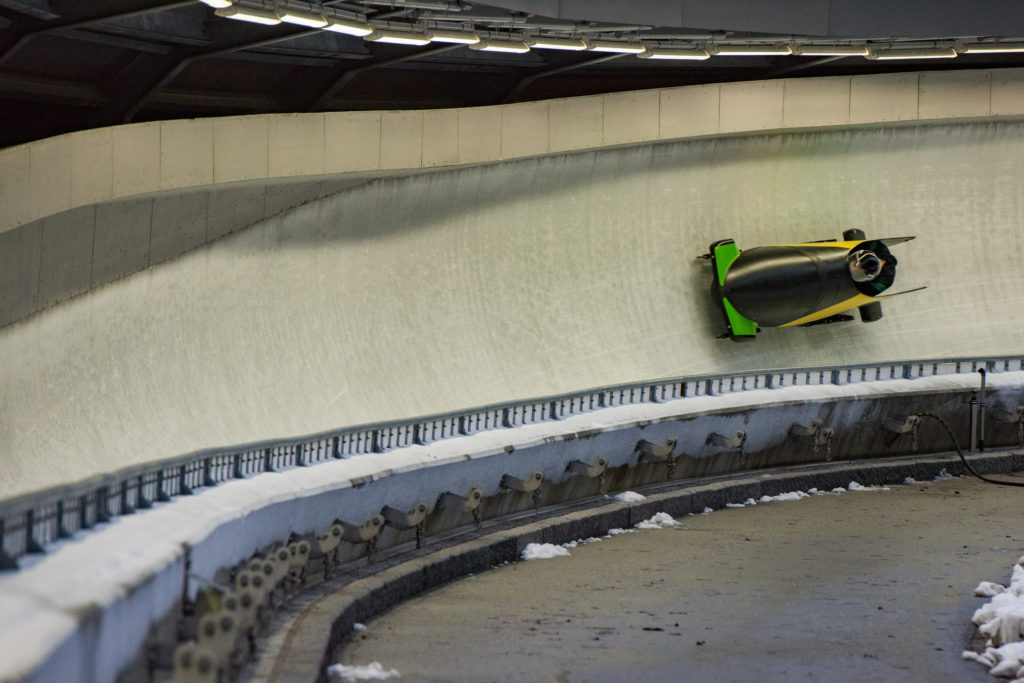While Punxsutawney Phil may have predicted an early spring, winter is still here and raging on. But that’s ok- that gives everyone more time to enjoy winter sports! And like every sport, new innovations are being created every day to make the activity more accessible and fairer. Here are just a few examples of inventions meant to make winter fun… well, fun!
ICE SKATING
Most hear the phrase “ice skating” and think of figure skating, but there are a couple other variations of the sport. Speed skating is an exhilarating ways to practice your finesse on ice. As the name implies, speed is the focus, with the victor being crowned on who crosses the finish line first. There are three major types: long track, short track, and marathon. The variation determines the length of the race. Speed skating is notable for being the first winter sport to have an international federation founded, in 1892.
One of the biggest innovations for speed skating was the dawn of artificial ice. 1956 saw the last appearance of natural ice in the Olympics. Franz Krienbuhl, a Swiss skater, was also at the forefront of the development of more aerodynamic suits. These new suits were made of spandex and replaced the attached head covering with helmets. Some suits are made of Kevlar in order to protect the skater from the blades on the opponents’ feet. In 1996, the International Skating Union allowed clap skates. Clap skates were first invented in 1900, but the new revitalization allowed for greater speeds without a risk of safety.
HOCKEY
Hockey is somewhat infamous for being one of the most physical and violent sports commonly played today. But it’s also a sport that causes a great deal of wear and tear to the arena- namely, the ice upon which its played. Hockey directly led to one of the oddest devices in history: the ice resurfacer. Commonly referred to as a “Zamboni” after the inventor, it was created in 1947. Zamboni originally owned a refrigeration business, which lost sales as in-home refrigeration grew more common. Undettered, he opened an indoor ice rink which proved popular. Smoothing the ice proved cumbersome, so he modified an army Jeep to shave and wash the ice. It proved so iconic and useful that he began mass-producing them, resulting in the vehicle we all recognize today.
SKIING
Skiing has led to its fair share of… odd inventions, to say the least. One of the oldest winter sports, it lends itself well to finding new ways to increase speed and safety. Or, for Sergei Khavlin, one over the other. In 2011, the Russian man gained infamy for his propeller skis. The skis themselves are typical, but the strange part is on Khavlin’s back. By combining a 200cc lawnmower motor, some paraglider parts, and a homemade propeller, he’s managed to construct a self-propelling system. He typically uses it to commute to work.
For something less exclusive and more safety-oriented, there’s the LED ski suit. Ideal for night skiers, the suit features up to 1500 LED bulbs over the waterproof and shockproof suit. It can be synced with music for ski performances. Or maybe it’ll just illuminate the tree directly in your path.
SNOWBOARDING
Snowboarding is among the newest winter sports to be added to the Olympics, first being included in 1998. It had only been invented 33 years earlier by Sherman Poppen. The engineer wanted to create a toy for his daughters to use in the snow. He strapped two skis together with a rope at the end to provide control as they went downhill. Poppen’s wife dubbed it the “snurfer,” and it proved popular enough that Poppen later pitched it to a manufacturer.
SLEDDING
When people think of sledding in the winter, they usually picture children playing on a snow day. Enter the bobsled. A team rides inside of a sleigh and make their way through a winding course using gravity alone. Unlike the sports listed above, bobsledding is less about exposure to the elements and more a focus on teamwork. A four-man crew consists of a pilot, a brakeman, and two pushers. The ice is used to keep up momentum. This mostly applies to modern bobsledding, however. Originally, the sport was held with riders on an open sleigh, rather than the enclosed version commonly seen now.
The modern bobsled was developed by the Linney brothers- Bob and Bill. During the late 1930s, the pair built the first two-man sled to use a steel plank as the linkage. This allowed for greater control and speed through turns. They also were responsible for the side-mounted handles used by pushers to build momentum. In 1946, Bill developed the first steel sled with built-in shock absorbers. This design is still used today.
CURLING
Take shuffleboard and add sweeping. That’s the basic premise behind curling, winter sports’ biggest oddity. Two teams of four compete on ice to get their stone into a circular target called the house. The stone is not a misnomer- also called rocks, they’re literal polished pieces of granite with a handle on top. Modern curling stones are almost identical to their early counterparts, with the exception for high-level play. An electronic handle detects vibrations in the thrower’s hands and reports any “hog line” violations. This has eliminated the need for inspectors in international play, but the price puts it out of reach for most curling clubs.
What’s your favorite winter sport? Let us know on our social media and in the comments!









